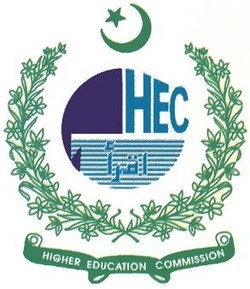Importance of Dhikr and the Metaphor of Qalb in “Saif-ul-Mulūk”
DOI:
https://doi.org/10.53762/alqamar.03.02.e8Keywords:
Muhammad Bakhsh, Saif-ul-Mulūk, Metaphore, Dhikr, QalbAbstract
Dhikr (remembrance) and Qalb (heart) are two important conventions used in Islamic mysticism. Both are interrelated as the practice of Dhikr originates in Qalb. These conventions are frequently found in mystic poetry and have multiple interpretations depending upon the purpose and context. This paper explores the usage of these concepts in Miān Muhammad Bakhsh’s Saif-ul Mūluk. The paper brings to light the underlying meaning of these concepts and focuses on their particular use in the said poetic example. It shows how Muhammad Bakhsh explained one concept with reference to the other and through establishing the relationship unfolded the hidden world of spirituality.
References
A. J. Arberry, Sufism: An Account of the Mystics of Islam (Routledge, 2013), 44.
Earle H. Waugh, Memory, Music, and Religion: Morocco’s Mystical Chanters (University of South Carolina Press, 2005).
Laleh Bakhtiar, Sufi: Expressions of the Mystic Quest (Thames and Hudson, 1976).
Carl W. Ernst Ph.D, Sufism: An Introduction to the Mystical Tradition of Islam, Reprint edition (Boston ; London: Shambhala, 2011).
Seyyed Hossein Nasr, Islamic Spirituality: Foundations (Routledge, 2013).
Imam Ali ibn Abu Talib, Nahjul Balagha (Createspace Independent Pub, 2015), 1196.
Published
How to Cite
Issue
Section
Copyright (c) 2020 Al-Qamar

This work is licensed under a Creative Commons Attribution 4.0 International License.


















